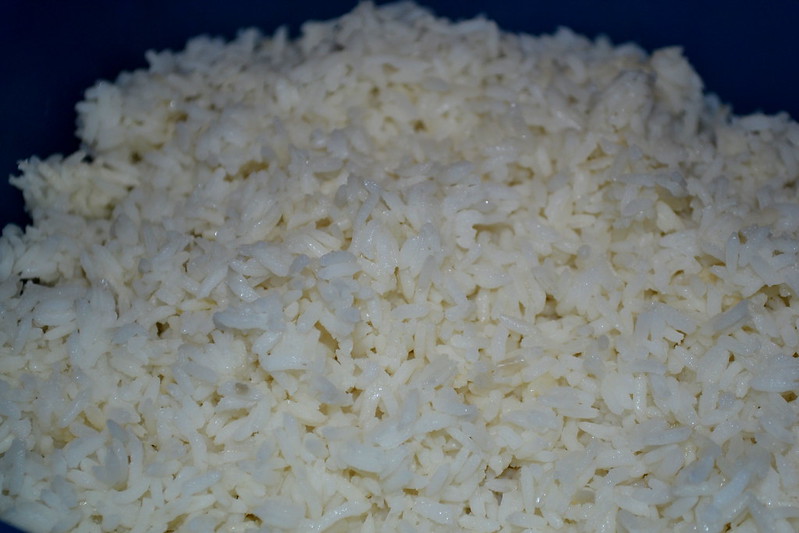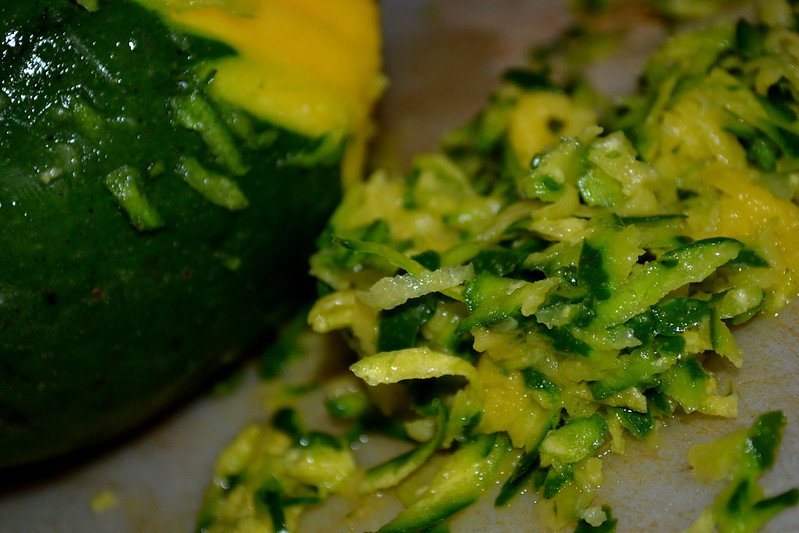It is May, which translates to Summerest at Chennai. For the uninitiated Chennai-ite, we have four seasons back at Chennai - Summer (December - February), Summerer (March - April), Summerest (May - August) and If-Fortunate-Wet (September - November). Summerest is economically bad, because it is the root-cause of shooting electric bills, medical bills, cosmetic bills, cool-drink bills, and transportation bills. With Katri-Veyyil (Agni Nakshatram) at it's peak people refuse to leave air-conditioned rooms to go outside sans an air-conditioned cars, thick layers of sunscreens and a bottle or two of frozen-coke at hand. But for the seasoned Summerest foodie soul (not me), Summerest is the best. There are cart-loads of Water Melons, Musk melons, Jack Fruits, Goose Berries and juicy Mangoes. Quirky vendors are all afoot on the street with their refrigerated boxes brimming with Paal-Ice, Kulfis, Cola-Ice, Nannari Sherbats and Vettiver drinks. One only needs to step out of home and head to the nearest market street (T-Nagar, Purashawalkam, Aminjikarai, Thiruvanmiyur...) to take it all in.
Armed with all these Summerest specials, all paattis, athais, chitthis, ammas, periammas and every other conceivable female relative from the last generation rush back home to make them into delicacies that are available only during those burning months. Musk Melon Coolers, Jack-Fruit Seed curries, Gooseberries in Simple Syrup and of course Mango Pickles, Mango Pacchadis, Mango Squash, Mango Jams... I have to stop somewhere, for the king of fruits and it's raw counterpart are used in a delightfully large number of ways.
The recipe here is one that my cousin sister makes for a quick lunch during the most sweat-bathed days, when people want to run out of the kitchen at the earliest excuse available. It is made for picnics and festivals, for get-togethers and lunch-boxes, and it tastes like summer in your mouth!
MAANGAI SAADHAM (RAW MANGO RICE) (Serves 2-3)
Set-up Time : 10 minutes
Set-up Time : 10 minutes
Experiment Run-Time : 30 minutes
The Shopping List
Set 1: For the Base
Raw Rice : 2 Cup
Oil : 1 tbsp
Salt : a pinch
Water : 3 1/2 Cups
Raw Rice : 2 Cup
Oil : 1 tbsp
Salt : a pinch
Water : 3 1/2 Cups
Set 2: Flavorings & Seasonings
Raw Mango : 1 Medium sized, sour as can be
Ginger : 1 inch piece, grated
Green Chilies : 6-7, sliced
Groundnuts : 1/2 Cup
Mustard Seeds : 1 tsp
Chana Dal : 1 Tbsp
Red Chilies : 2-3, crushed
Urad Dal : 1 Tbsp
Asafoetida : a pinch
Salt : as required
Oil : 2 Tbsp
Methodology
Groundnuts : 1/2 Cup
Mustard Seeds : 1 tsp
Chana Dal : 1 Tbsp
Red Chilies : 2-3, crushed
Urad Dal : 1 Tbsp
Asafoetida : a pinch
Salt : as required
Oil : 2 Tbsp
Methodology
1. Prepare rice as is usually done using the ingredients in Set 1. Rice-Cooker, Pressure Cooker, open vessel - anything is fine. Forget not to add the oil, for it helps to retain the integrity of every individual grain. Once done, spread it on a large plate and allow the cooked rice to cool.
2. Grate the raw mango, skin and all. Do throw away the seed though.
3. Heat the oil in a pan. Once hot enough, add all the items in Set 2, starting with the mustard (wait till it crackles), Chana Dal, Urad Dal, Red Chilies, Green Chilies, Asafoetida, Ginger, Salt and Groundnuts. Cook on a low flame until the groundnuts start to get browned. (If you have roasted groundnuts, add them at the end, just before serving).
4. Add the grated mango to the pan and continue to cook on a medium flame.
5. Continue cooking, until the mango softens sufficiently and all the contents come together in a fragrant paste like mass. Remove from flame and cool. This is what is called the Maangai Thokku. If stored in a dry glass bottle, it keeps well in the refrigerator for about a week.
6. Gently mix the Maangai Thokku with the cooled rice in a bowl large enough to hold them. Hands usually work the best, especially to break lumps of cooked rice and ensure homogenous mixing. Queasy people may use a strong wooden ladle.
7. Check for salt and serve with papads, a dry curry or some raita.
One mouthful of this quick variety rice, as they tend to be called in South-India, and you are hooked for life. It is sour and spicy and crunchy and pasty and a lot of other things at the same time. I can inhale large quantities of this delicacy at one sitting, especially with some aloo curry and a jug of seasoned buttermilk. It brings along memories of summer vacations, impromptu picnics, and large family gatherings.
Maangai Saatham tends to remain good for a few days if stored in a cool dry place. I usually make it in large quantities, but it never seems to last with all the people around. And here in Cincinnati, it is a pain to get the mangoes to be right. Apparently the words 'sour' and 'green-mangoes' do not get to come in the same sentence this side of the Mississippi. This was one of the rare times that everything came together so well. I will carry the taste in my memories until the next perfect mango comes along.
One mouthful of this quick variety rice, as they tend to be called in South-India, and you are hooked for life. It is sour and spicy and crunchy and pasty and a lot of other things at the same time. I can inhale large quantities of this delicacy at one sitting, especially with some aloo curry and a jug of seasoned buttermilk. It brings along memories of summer vacations, impromptu picnics, and large family gatherings.
















